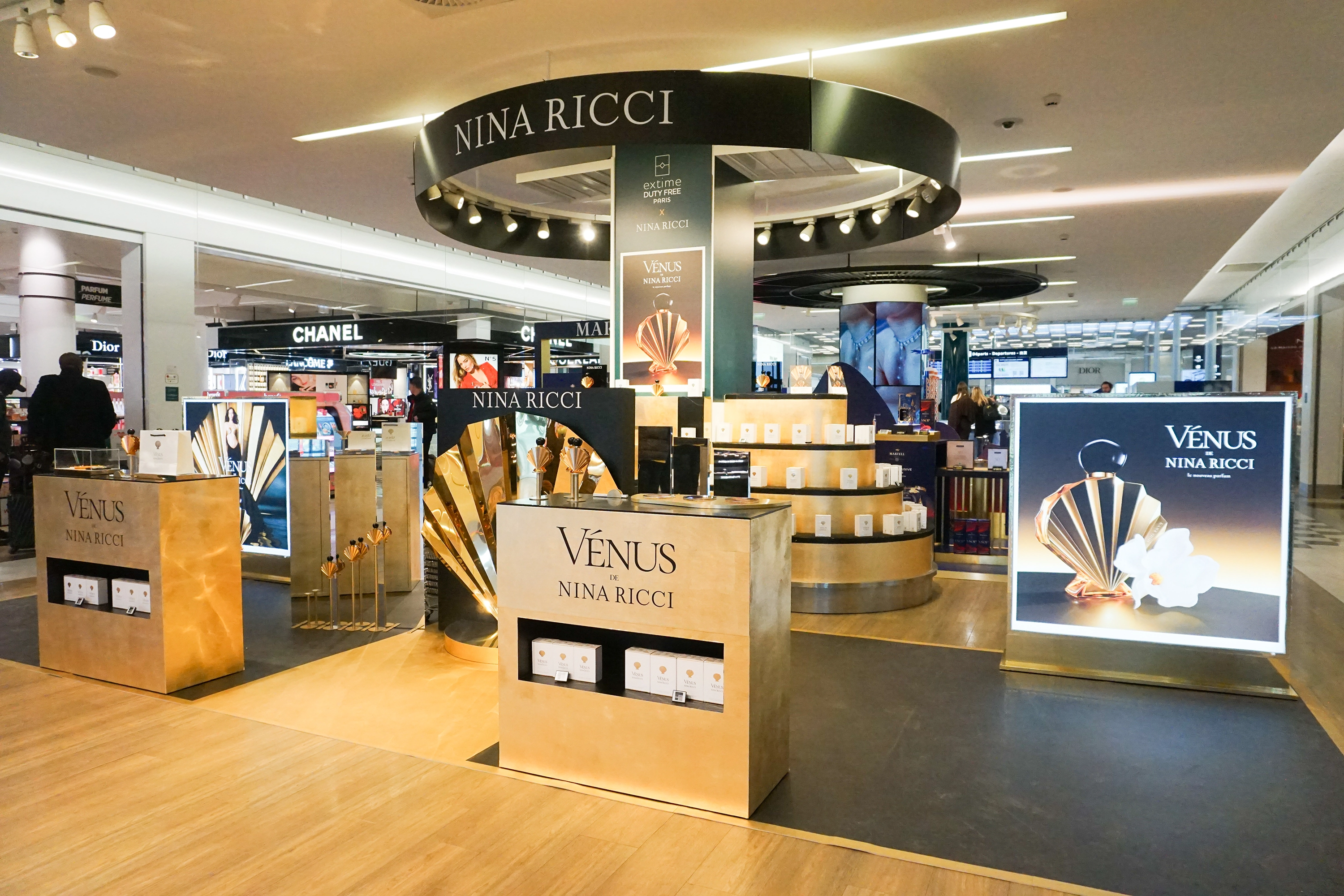Teetotalism is on the rise. Binge-drinking is down. Young people’s attitudes to alcohol are changing, and so is the way they spend their money on it.
What does this mean for marketers? It's actually good news.
First, the numbers.
Around 1 in 4 young adults is now teetotal - a rise from 1 in 5 in the last decade.*
Moderation is on the rise too. A decade ago, 1 in 3 young adults reported binge drinking.** As of 2017, that's dropped sharply to 1 in 5.
Why?
Changing attitudes to alcohol are partly driven by a growing focus on wellbeing.
Club Soda (founded in 2014) and Hello Sunday Morning (2010) are examples of this growth in ‘mindful drinking’. These online movements aim to support people in their alcohol related goals, whether that’s quitting or just cutting back.
There's also the fear of social media shame, in a world where our missteps and misdeeds can be preserved online for an uncomfortably long time.
So what's happening?
These numbers tell only one side of the story. Consumers aren't simply cutting down on alcoholic drinks; they're actively seeking out no- and low-alcohol choices. James Quincey, CEO of Coca-Cola, says that consumers "are seeking unique and distinct products with sophisticated flavours, quality ingredients and smaller-scale craft production."
Then there's the desire among consumers for experiences over things, also known as the 'experience economy'.^ New flavours, new ingredients, new drinks delivered in new ways - for young adults, it's all about finding that unique, shareable experience, and being able to enjoy a similar experience while drinking a soft drink as they would while drinking alcohol.
The opportunity.
Consumers are willing to spend a bit more to explore interesting brands; right now they're looking for authenticity, quality and provenance, and brands are responding to this changing market.
By launching innovative NPDs that offer more exciting and tasty flavours to mix with the increasing number of premium small-batch spirits available - or to drink on their own - brands are meeting the consumer demand for more choice.
By demonstrating to audiences that they share their values and have a meaningful heritage, they'll be able to stand out from the crowd.
In 2015 we even saw the world's first non-alcoholic spirit, Seedlip, launched. Now sold in 20 cities internationally and over 250 top-rated restaurants, other producers are hot on its heels to produce the next spirit alternative.
Although not everyone’s swapping cocktails for mocktails, consumers who choose not to drink are increasingly getting what they really want – more choice of grown-up drinks. Brands are now giving consumers a chance to enjoy their alcohol-free night out without a lukewarm lime and soda in sight, and have a chance to build a loyal, sober, following in return.
Sources:
* Office for National Statistics, 2017; 23% of 16 to 24-year-olds self-reported as teetotal
** Binge drinking is defined by the Government’s Alcohol Strategy as drinking more than 8 units (for men) or 6 units (for women) of alcohol on their heaviest drinking day in the week before they were surveyed.
^ 'Better drinks when you're not drinking', white paper by Distill Ventures

























